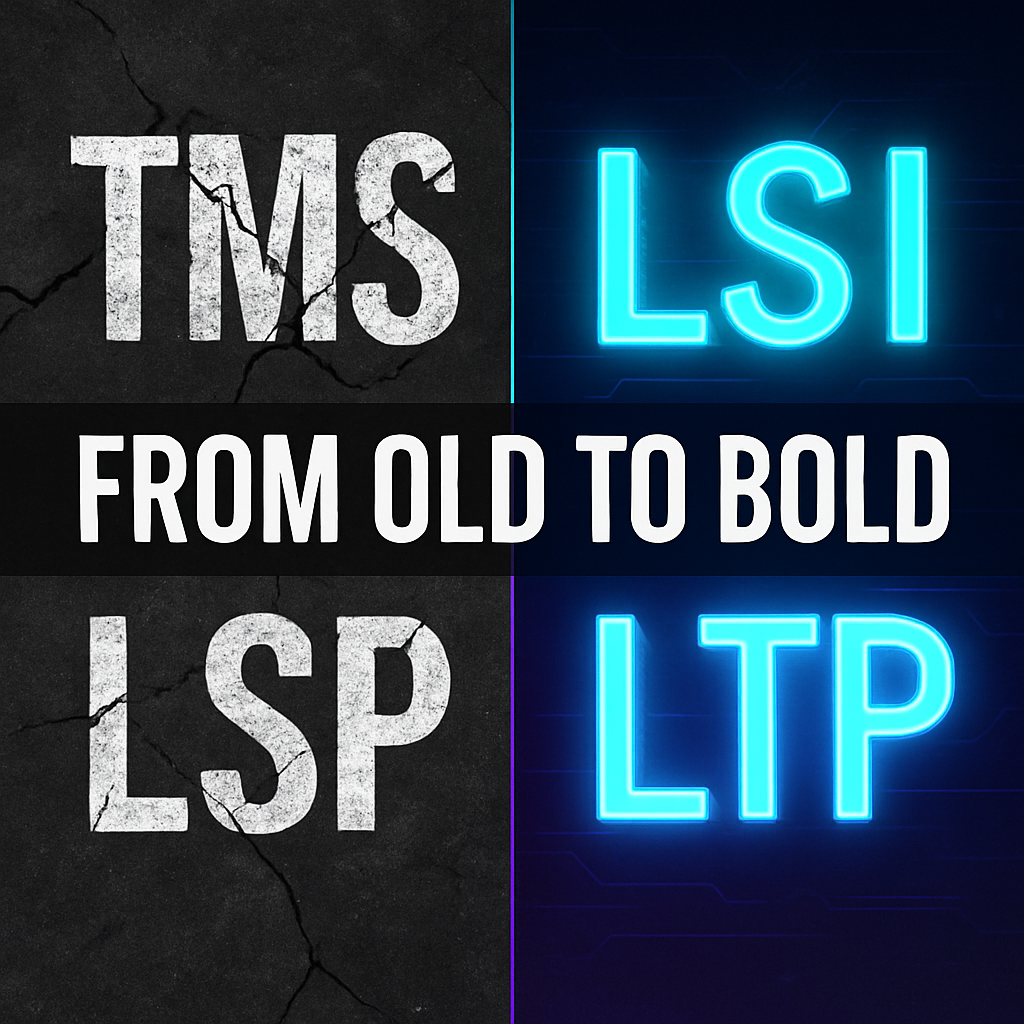Even in today’s modern times, we’ve seen many companies approach translation project management through unsophisticated means that cannot support the projects’ complexities. When this happens, it leads to disorganization, delays, and in some cases, project failure.
To avoid this, companies must take care in choosing the best available translation project management software.There’s a big gap between the software available and their adoption pace. In fact, most companies are unaware that solutions even exist.
And once they do discover the options available, they are oftentimes swayed by expensive marketing campaigns and sleek-sounding features that actually do very little to drive project success. Understanding the market, what’s available, and what you should seek is the best way to approach translation project management software procurement.
The Evolution of Translation Project Management Software
The earliest version of translation software stemmed from computer-aided translation tools. Companies like Trados created workstations leveraging newly available storage and computing abilities from the 1970s and 80s. Term bases, translation memories, and editing programs aided translators and allowed them to cater to specific industries, clients, and brands.
Machine translation took this even further. While this technology was around in the 1960s as part of research programs, it didn’t see commercial use until much later. Early limitations meant that these programs couldn’t understand context; they approached translation from a word-for-word perspective that resulted in sentences reading nonsensically.
However, advances in artificial intelligence, machine learning, and natural language processing improved these results. Today, machine translation platforms are much more accurate.
One of the more popular platforms, Google Translate, boasts accuracy ratings as high as 90%.Modern localization management software takes advantage of all these translation tools to increase productivity. It may use machine translation to make the first pass on content and then leverage translation memories and termbases inside an editing program to guide linguists as they work.
This approach has significantly improved results while speeding turnaround times.While this is a great achievement, it excludes a pretty significant translation component—enterprise-level business management, which is an often overlooked part of all localization projects, not just the translation aspect.
Bringing Business Management Into Translation
When it comes to the business management component of translation software, it’s often a separate integrant that is used alongside the program. While this might meet some needs, it’s not as robust an option as it could be if fully integrated at a development level. The business management component should offer two key features: exception-based management and data-driven insights.
Exception-Based Management
Exception-based management means that there are no passive tasks the project manager needs to control. The only time intervention is required is when there’s a critical decision needed or a problem needing attention. For example, instead of following up on project statuses with linguists, the manager can look at the workflow system and see their progress in real-time. Other exception-based management features include:
- Job creation: The submission of documents should trigger a job that compiles the company’s translation memories, corporate lexicons, and other brand-specific details.
- Invoicing: Invoices should autogenerate based on the submission so the company can see the expected cost upfront.
- Linguist assignments: Artificial intelligence programs should track the performance of linguists and assign them based on job-centered metrics.
- Uploading/downloading: The ability to automatically upload completed content is a significant time-saver that’s invaluable in any program.
Data-Driven Insights
Compiling all your translation program management information in a single place doesn’t just simplify workflow; it creates a repository for data that can help guide business decisions. This data works with the content management system and other billing software to better understand localization costs, results, and benefits. Standard information garnered from data-driven insights include:
- Lifetime costs: The ability to see the total cost of translation over the life of projects is essential, as it helps to control scope creep and create budgets for future jobs.
- Granular reporting: Lifetime invoices are only a tiny component of cost control. You should be able to compare and contrast the returns on specific jobs at a granular level to see where the highest demand lies and target those audiences accordingly.
- Linguist performance metrics: Metrics might include information about how often you have to correct information, how long it takes them to complete projects, areas of specialty, and more.
The right translation project management software will combine productivity solutions with robust business management features to help you make better decisions and control the ROI of your localization projects more thoughtfully. With a software-enabled strategy, you can now incorporate localization as an important part of your macro-level business plan.
Unlock the power of glocalization with our Translation Management System.
Unlock the power of
with our Translation Management System.
















.avif)









.png)